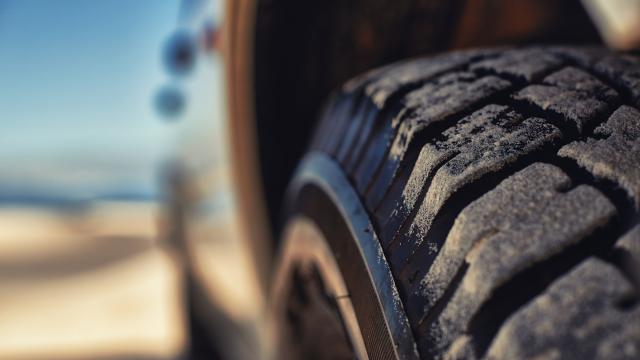Car tyres are an important, but sometimes neglected part of a car. This a problem, especially when you’re driving around a lot over the holiday period.
Ignoring your tyres can cost you more money long-term due to increased wear and tear, as well be incredibly unsafe.
While we always recommend seeing a mechanic and car tyre specialist for advice, here are a few basic tips to help keep your tyres in good condition.
Rotate Your Tyres
Tyre rotation involves swapping your back tyres with your front ones. it’s all in the name, really.
This allows for balanced wear, which will help with unnecessary early replacement. If you’re driving a vehicle that has a distinct lack of weight over the back (such as a ute or a station wagon), you need to be even more mindful of rotation, as the wear will be even more uneven.
You should look at getting a tyre rotation even 5,000 – 8,000km, even if you don’t notice any obvious wear.
Get The Wheels Aligned
If you notice that wobbling in your steering wheel, or that your car is drifting to one side of the road, your wheels could be out of alignment.
Another rather straight forward name, it basically means that your wheels need to be realigned so they can go in a straight line.
Not only are unaligned tyres unsafe, they can result in uneven and increased wear – so you’ll need to replace them sooner.
A wheel alignment will also help with tyre traction, which is always a plus for staying on the road – especially in wet conditions.
Get The Tyres Balanced
A vibrating steering wheel could also be an indicator that your tyres are unbalanced. You’re most likely to notice this at high speeds.
Tyres become unbalanced when the small weights on them (which are there to counterbalance the heaviest parts of your tyres) become loose. Like most things on this list, unbalanced tyres will wear faster and can be dangerous.
It’s a good idea to ask for a tyre balance at the same time as a rotation and/or alignment.
Check The Tread
Tread depth is imperative for braking and water dispersion.
New tyres will generally have 8-9mm of tread and the legal minimum of tread is 1.5mm. That being said, you should really consider replacing once tread gets down to 3mm.
Regularly check the tread indicators on your tyres to make sure they are still safe to drive on. You can also test the depth by inserting a 20c coin into the tyre tread – if it doesn’t reach the bill of the platypus it means there is less than 3mm of tread left.
If you need added incentive – driving on tyres with 1.5mm tread will increase your braking distance by roughly 38%. This is a huge difference and definitely makes your vehicle far less safe to have on the road.
Keep Them Inflated
This is something you should be checking regularly. Monthly is good, weekly is better – especially if you drive quite a bit.
It’s important that you don’t over or under inflate your tyres. Not only does inflation effect your fuel economy, but the life of your tyres.
Your car should come with a tyre pressure guide either inside the car or under the bonnet, which will tell you where your tyres should be at.
Tyre pressure is something you can easily tend to yourself, and for free.
Ideally, the pressure should be checked when the tyres are cold because heat causes air to to expand. If you don’t have an air pressure guage at home, try to hit a service station that is within a few kilometres of your home. The further you drive, the less accurate your pressure reading will be.
You can find tyre pressure pumps at any service station. Firstly, set the displayed pressure setting the the pressure that you need for your tyres. Next, remove the small caps from your tyre valves and pop the pressure hose over them (one at a time, of course). If all has gone to plan, the pump will automatically adjust the pressure.
If you are towing or carrying a heavy load you should add around 28kpa/4psi to pressure to help with the extra strain on the tyres.
